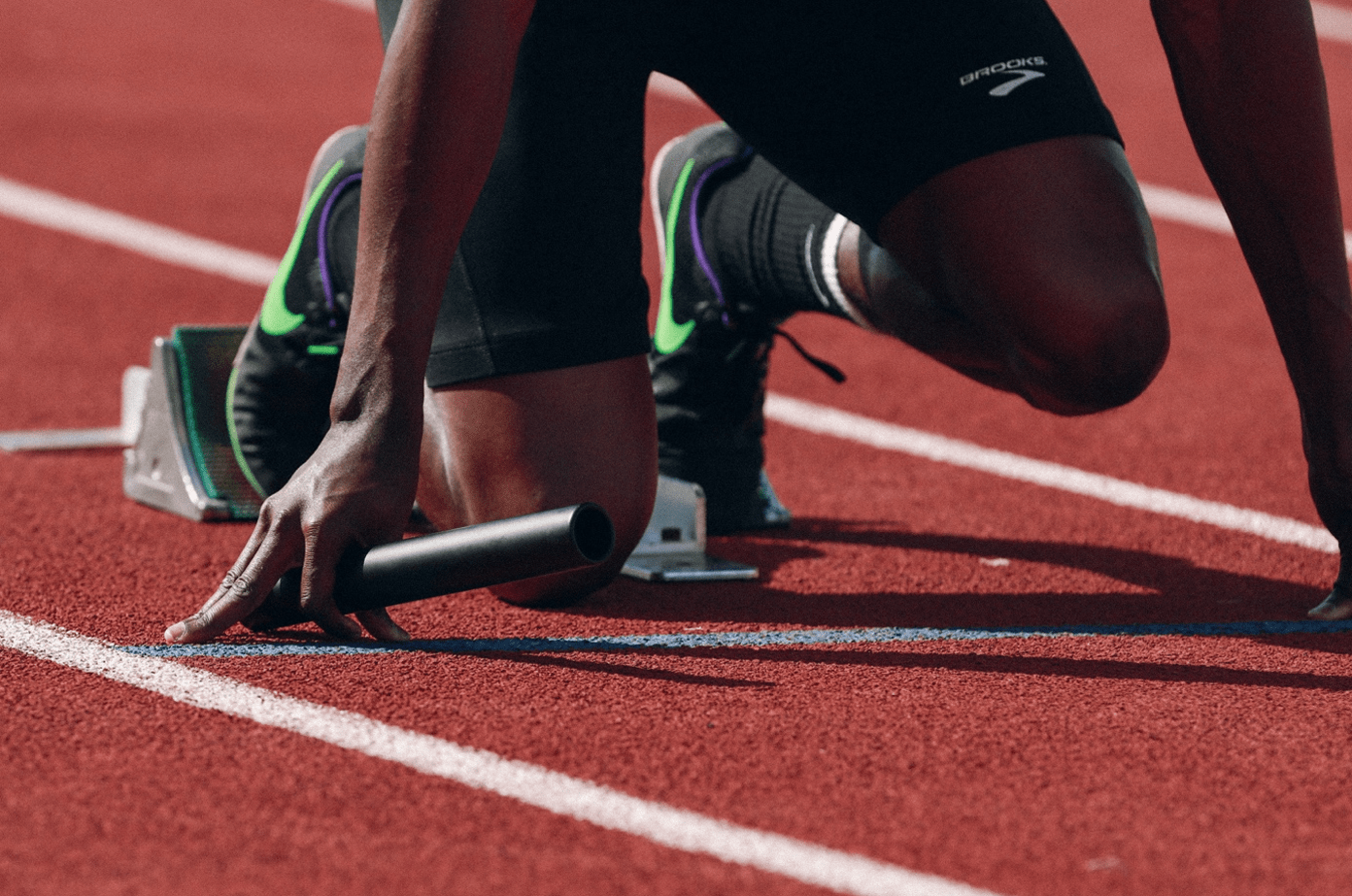Photo by Timothy Dykes on Unsplash
Whether preparing for a triathlon, a weekly CrossFit session, or scaling the next peak, mastering the art of breathing can significantly enhance the performance of both professional and amateur athletes. While breathing is a natural process, its frequency and pace are unique to each individual and can be influenced by various factors.
Fast and slow breathing – both can be effective
Breathing can be categorized into fast-paced (over 20 breaths per minute) and slow-paced (under 10 breaths per minute). Voluntarily engaging in slow breathing offers various health benefits, both physically and mentally. It activates the parasympathetic nervous system, enabling the body to absorb more oxygen. Breathing exercises enhance cardiopulmonary and neuroendocrine functions, regulate the autonomic nervous system, reduce anxiety, depression, and stress, increase resilience, and lower blood pressure and heart rate.
Studies indicates that incorporating voluntary slow-paced breathing can enhance athletic performance by lowering heart rate and blood pressure, improving cardiovascular fitness and endurance. Beyond physical benefits, increased lung capacity contributes to better endurance and stamina. Additionally, a more balanced mental state, with reduced fear and stress, helps athletes better handle pressure, such as during competitions. The positive impact of slow breathing on the respiratory system can also alleviate conditions like asthma, ultimately boosting overall performance.
However, breathing too fast, also known as hyperventilation, can harm athletic performance. This can mean that muscles don’t get enough oxygen, making the athlete tired more quickly with less endurance. When hyperventilation narrows blood vessels, it can lead to poorer coordination and balance due to reduced blood flow to the brain and organs. This can make it harder for athletes to perform complex movements, and it may also trigger feelings of fear or panic, making the athlete less resilient overall.
Using intentional and controlled breathing techniques, specifically rapid breathing, can have a positive impact. When done correctly, Voluntary Fast-Paced Breathing can enhance performance by boosting oxygen delivery to the muscles, improving abdominal muscle tone, improving reaction time, speed, and strength.
Improving your lung vitality and breathe more effectively
Breathing – even if it happens automatically – should by no means, be underestimated or even neglected in sports. It is crucial for general health right from the start and can ensure better sporting performance (although not just in sports). Athletes who incorporate breathing before, during and after training can influence performance in a number of ways:
- Better oxygen supply
- Optimized release of carbon dioxide
- Regulation of heart rate
- Increased concentration
- Positive attitude
In order to be able to use breathing specifically and effectively in training and competitions, healthy lung vitality is required. And of course, this can be checked using a breathing gas analysis. To improve lung health, there are several ways to make positive adjustments. These include engaging in aerobic training, practicing targeted breathing exercises, adopting relaxation techniques, and maintaining a healthy, balanced diet. Smoking, on the other hand, has an entirely detrimental effect on lung vitality, so it’s advisable to avoid it altogether for optimal respiratory well-being.
Multi-layered and complex: How can I use breathing to improve performance without much effort?
Understanding the relationship between sports performance and breathing frequency is complex. For the average amateur athlete, delving into this topic in great detail may not be practical due to time and energy constraints. However, providing a one-size-fits-all training recommendation, including breathing techniques, isn’t feasible since everyone’s physical and psychological circumstances vary. Depending on the sport, personal condition, and training objectives, breathing needs to be adapted at different frequencies for optimal performance improvement.
Breathing control can be an interesting tool for improving performance not only for top athletes, but especially for amateur athletes who take part in competitions (marathon, triathlon, Crossfit, etc.). To benefit from this, it is not necessary to plunge into unnecessary costs or become an expert in breathing control.
For example, VitaScale offers two high-tech wearables (vitashape and vitapace- the second to be launched in the market soon. Stay tunned!) that can measure breathing frequency, stress level, lung vitality and much more, using easy-to-perform breathing gas analysis. The associated app also provides personal results and, in the future, suggestions for training optimization. This makes it much easier to integrate breathing correctly and beneficially into sports units and preparation.
Join the Indiegogo Campaign
Be the first to experience personalized health insights through breath analysis using vitashape.
👉 Join VitaScale’s Indiegogo campaign now and be a part of a growing family
Author: Lisa Schräder
Translation: Bruna Rocha
Sources:
- Ford J.L., Ildefonso K., Jones M.L. & Arvinen-Barrow M.: Sport-related anxiety, current insights (2017), URL: https://www.ncbi.nlm.nih.gov/pmc/articles/PMC5667788/ (Stand: 22.11.2023).
- Karsten M., Ribeiro G.S., Esquivel M.S. & Matte D.L.: The effects of inspiratory muscle training with linear workload devices on the sports performance and cardiopulmonary function of athletes: A systematic review and meta-analysis (November 2018), URL: https://www.sciencedirect.com/science/article/abs/pii/S1466853X18301652 (Stand: 22.11.2023).
- Laborde S., Allen M.S., Borges U. & Dosseville F., et al: Effects of voluntary slow breathing on heart rate and heart rate variability, A systematic review and a meta-analysis (Juli 2022), URL: https://pubmed.ncbi.nlm.nih.gov/35623448/ (Stand: 22.11.2023).
- Laborde S., Iskra M., Zammit N. & Borges U., et al: Slow-Paced Breathing, Influence of Inhalation/Exhalation Ratio and of Respiratory Pauses on Cardiac Vagal Activity (12. Juli 2021), URL: https://www.mdpi.com/2071-1050/13/14/7775 (Stand: 22.11.2023)
- Migliaccio G.M., Russo L., Maric M. & Padulo J.: Sports Performance and Breathing Rate: What Is the Connection? A Narrative Review on Breathing Strategies (Mai 2023), URL: https://www.ncbi.nlm.nih.gov/pmc/articles/PMC10224217/ (Stand: 22.11.2023).
- Migliaccio G.M., Di Filippo G., Russo L. & Orgiana T., et al: Effects of Mental Fatigue on Reaction Time in Sportsmen (November 2022), URL: https://www.ncbi.nlm.nih.gov/pmc/articles/PMC9656150/ (Stand: 22.11.2023).
- Seals D.R., Suwarno N.O. & Dempsey J.A.: Influence of Lung Volume on Sympathetic Nerve Discharge in Normal Humans (1. Juli 1990), URL: https://www.ahajournals.org/doi/epdf/10.1161/01.RES.67.1.130 (Stand: 22.11.2023).
